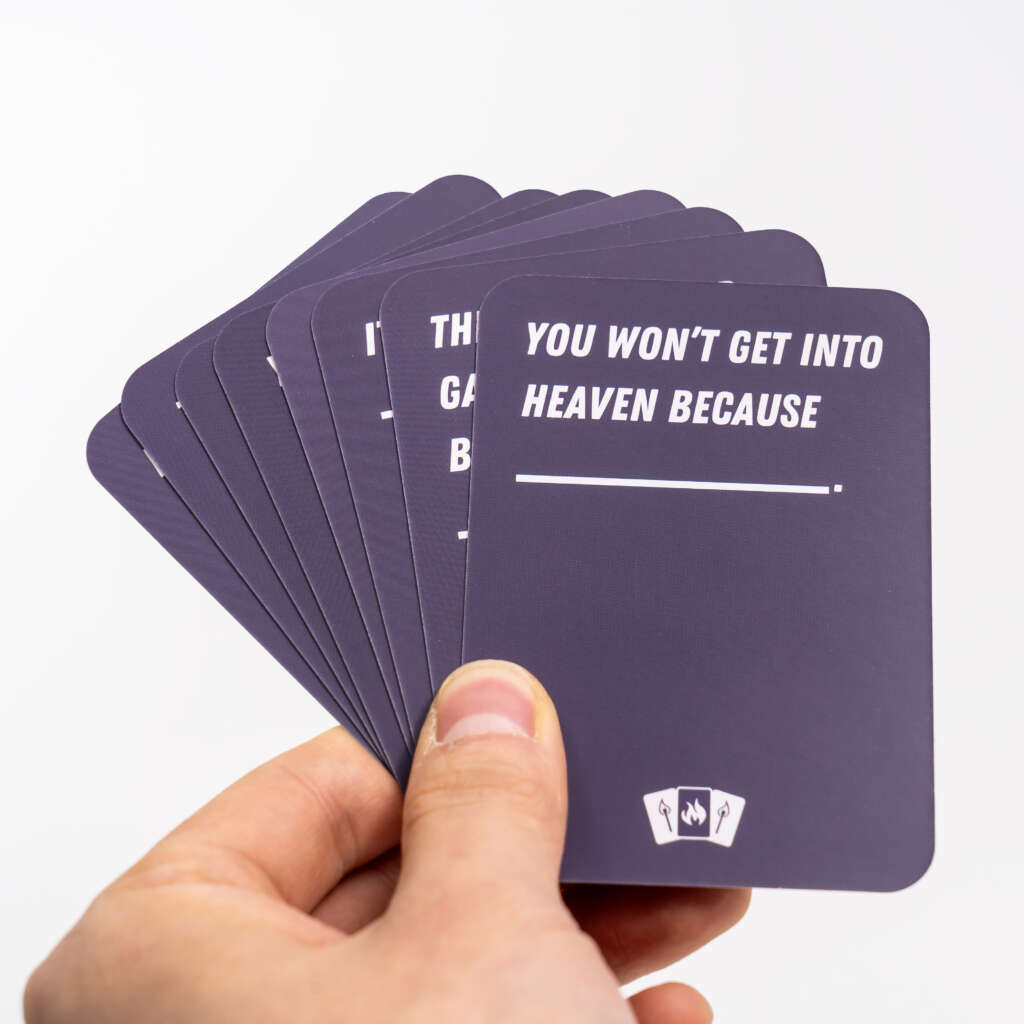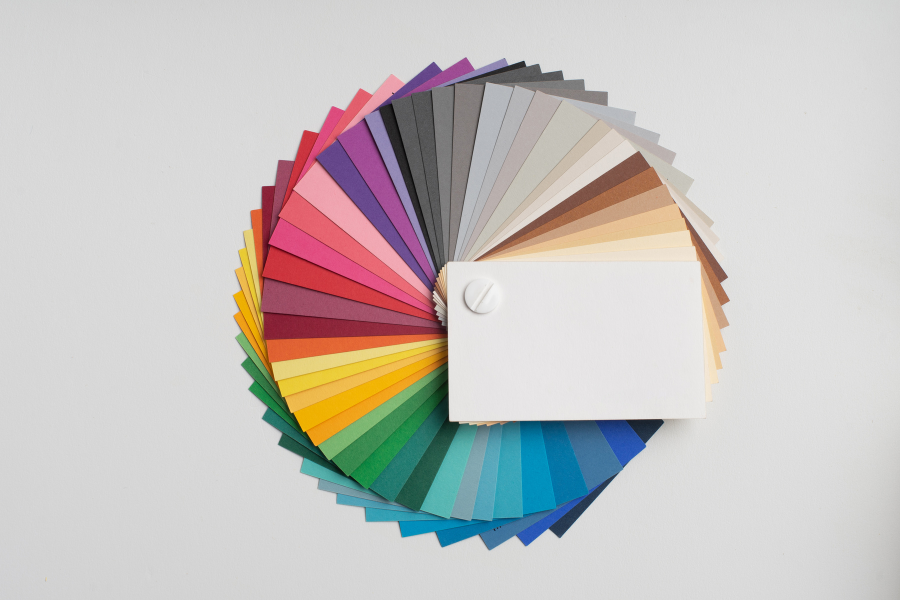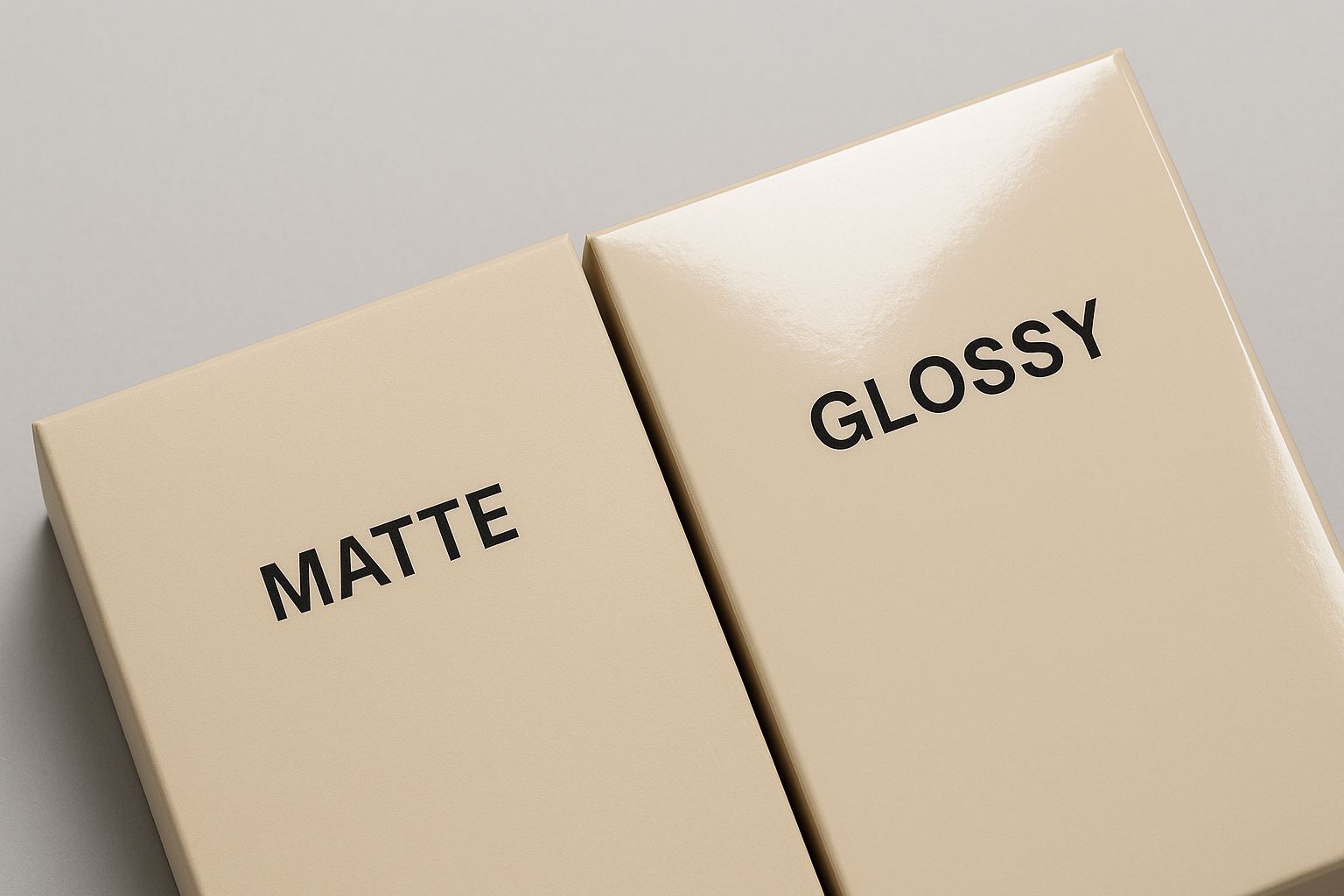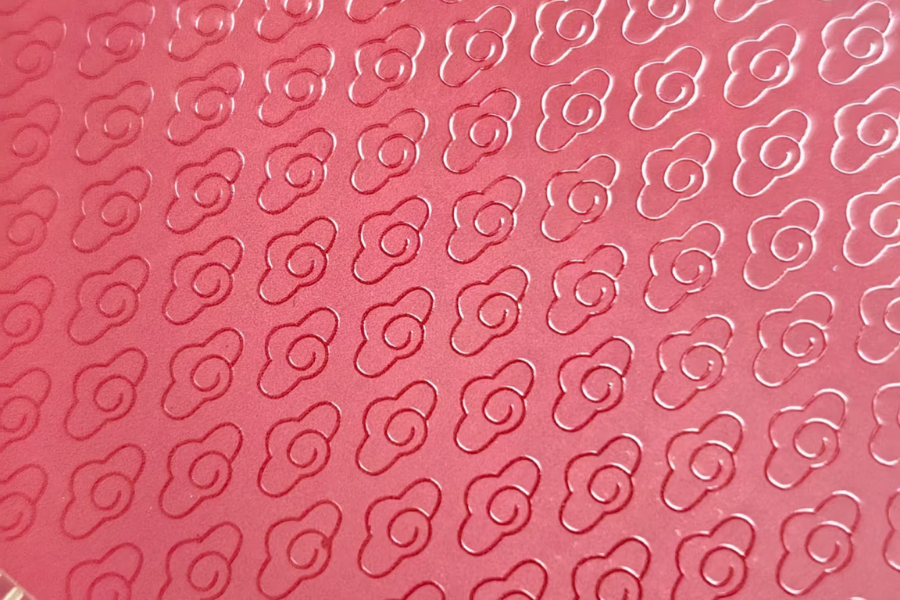Educational flashcards are like a “gym” for your brain. By scientifically designing memory resistance training, they help transform short-term memory into long-term knowledge. The key lies in: simple design, active challenges, and regular reviews. Whether you’re a student, educator, or parent, custom flashcards can be your best tool for enhancing learning and memory retention.
For visually impaired learners, flashcards can be specially designed to cater to their unique needs. Raised printing techniques, including Braille and tactile graphics, allow users to feel and interact with the information on the card. This tactile approach not only aids in learning but also reinforces memory through the sense of touch. Whether it’s for language learning, math formulas, or conceptual explanations, tactile flashcards offer an inclusive and effective way for visually impaired learners to engage with the material.
Core Mechanisms Behind Educational Flashcards
Flashcards aren’t just handy tools for memorization; they work based on well-researched cognitive science principles. Let’s break down the core mechanisms:
1. Active Recall
How It Works: The front of the card (e.g., a word or question) prompts your brain to actively recall the answer on the back, rather than passively reading it.
Why It Works: Neuroscientific research shows that active recall strengthens memory up to 300% more than passive reading (Scientific Journal, 2013). It triggers the brain to create stronger synaptic connections, making the information stick better.
2. Spaced Repetition
How It Works: Based on the Ebbinghaus Forgetting Curve, spaced repetition helps you review material just before you’re likely to forget it:
First learning → Review after 20 minutes → After 1 day → After 3 days → After 1 week, etc.
Tools:
Digital apps like Anki or Quizlet automatically schedule reviews based on this principle.
For paper flashcards, divide them into 3-5 review boxes. Move mastered cards to the next box to extend review intervals.

3. Metacognition
How It Works: After self-testing, assess your level of understanding (e.g., “mastered”, “fuzzy”, or “forgotten”) and adjust your review frequency accordingly. This targeted approach helps prioritize weaker areas.
Educational Flashcard Design and Usage Tips
Card Design Principles
The right design ensures both effectiveness and engagement. Here are some design principles to follow:
| Element | Correct Example | Incorrect Example |
|---|---|---|
| Content Simplicity | Front: English word “Apple” | Front: Long article about apples |
| Visual-Audio Association | Back: 🍎 Image + “Apple” in Chinese | Back: Text-only definition |
| Single Concept Focus | One card per word or concept | One card with multiple concepts (e.g., 10 math formulas) |
| Clue-Based Prompts | Front: “The product of photosynthesis is ___?” | Front: “What is photosynthesis?” |
Step-by-Step Usage Process
New Knowledge Input: Quickly browse a set of flashcards (5-10 cards per batch) to form an initial impression.
Active Testing: Look at the front → Attempt to recall the answer → Flip the card to verify.
Categorize and Tag: Use colored stickers to categorize cards by mastery level (Red = Struggling, Yellow = Moderate, Green = Mastered).
Spaced Repetition:
Struggling cards: Review daily until mastered.
Mastered cards: Review once a week.

Subject-Specific Flashcard Applications
Language Learning
Word Cards: Front: Foreign word → Back: Native language + Image (for visual reinforcement).
Sentence Cards: Front: Fill-in-the-blank sentence → Back: Complete sentence (teaching context).
STEM Subjects (Math, Science, etc.)
Formula Cards: Front: Question (e.g., “Pythagorean Theorem?”) → Back: Formula + Triangle diagram.
Concept Cards: Front: Key term (e.g., “Oxidation”) → Back: Example (e.g., “Rusting of iron”).
Humanities & Social Sciences
Timeline Cards: Front: Event name (e.g., “French Revolution”) → Back: Date + Key figures.
Comparison Cards: Front: Concept A (e.g., “Capitalism”) → Back: Comparison with Concept B (e.g., “Socialism”).
Paper vs Digital Flashcards: Effectiveness Comparison
| Aspect | Paper Flashcards Advantages | Digital Flashcards Advantages |
|---|---|---|
| Memory Depth | Handwriting enhances muscle memory | Algorithms schedule reviews efficiently |
| Distraction Control | No distractions, higher focus | Risk of app notifications and distractions |
| Best Use Case | Child education (protecting eyesight + physical interaction) | Adult learners (commuting, waiting) |
| Customization | Freehand drawing or sticker personalization | Auto-generated voice, images, or animations |
Hybrid Strategy Suggestion:
Children or Art-based Learning: Use paper flashcards (e.g., rounded magnetic cards with hand-drawn designs).
Exam Prep or Language Learning: Use digital flashcards (e.g., Anki’s spaced repetition algorithm + error tracking).
Scientific Techniques for Maximizing Effectiveness
Interleaved Practice: Mix different topics (e.g., math formulas and historical events) to help the brain differentiate and organize information.
Generation Effect: Making your own flashcards is 40% more effective than using pre-made ones (Journal of Experimental Psychology, 2018).
Multisensory Stimulation: Add scent stickers to flashcards (e.g., attach a coffee-scented sticker when learning the word “coffee”) to improve retention by tapping into olfactory memory.
Special Adaptations for Unique Needs
For Children with Short Attention Spans:
Use shaped flashcards (e.g., animal or vehicle shapes) or peel-off magnetic cards to increase engagement and fun.For Visually Impaired Learners:
Use raised-print cards (Braille + tactile images) or NFC-enabled cards that play audio when touched.For Classroom Interaction:
Use magnetic flashcards on a whiteboard for group quiz competitions, encouraging student engagement in a fun, interactive way.
Whether you’re a student, educator, or parent, the power of flashcards is undeniable. With the right design, materials, and techniques, you can enhance learning and memory retention. Whether you choose custom flashcards or digital tools, using the principles of active recall and spaced repetition will elevate your learning experience to the next level. And remember, it’s not just about learning—it’s about making it stick!
If you’re looking to create customized flashcards tailored to your needs or audience, feel free to get in touch with us. We’d love to collaborate and help bring your ideas to life!




